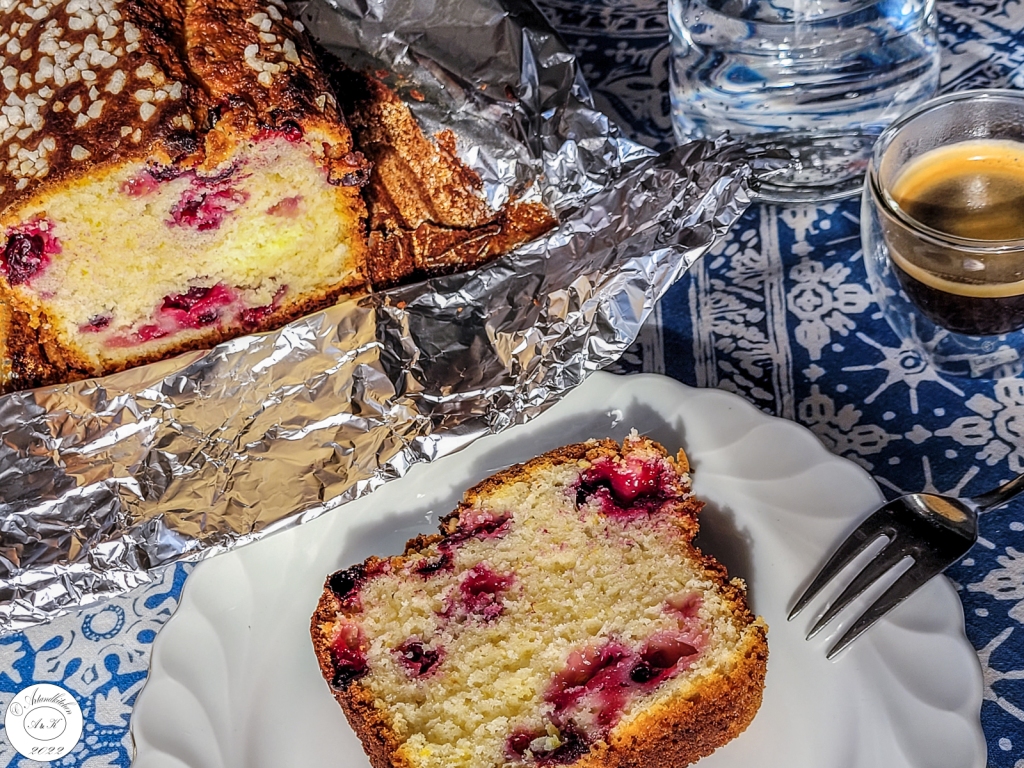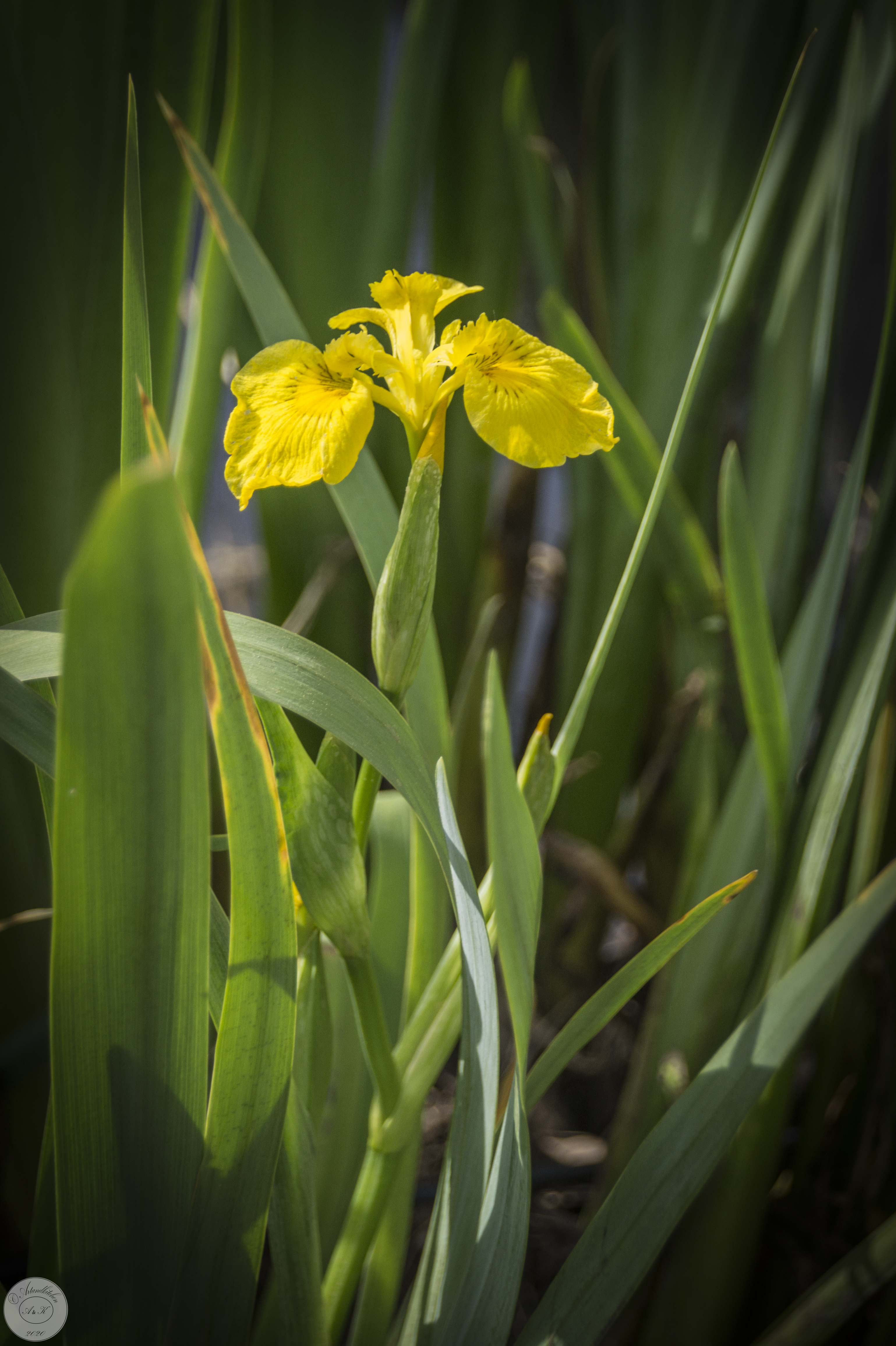One of our absolute beloved, fresh and spongy super quick cake!
The source of this recipe is a popular recipe which we got in Spain and we adapted it reducing the oil and the sugar only for personal taste. We use Greek plain yogurt + fresh lemon instead of yogurt with lemon taste. In Spain this cake is also called “bizcocho 1 2 3 “.
We prepare if you are traveling into holidays apartments (yes, we I carried the empty tin with us) for a fast breakfast and a snack for our road trips.
For the easiest version you may use the container of your yogurt as the measure of 1 cup.
See also the Spanish version on youtube: https://www.youtube.com/watch?v=pgdaD_EJX-E&ab_channel=Elrinc%C3%B3ndelpancasero
The combination of cassis and lemon gives to this cake a very strong and refreshing flavour.
We tried also these great variations:
- Limes instead of lemons
- Black berries, blueberries or “josta berries” instead of cassis
- Skip the berries and convert this cake into a lemon cake
Black Currants and Lemon Cake
Ingredients

Batter:
- 1 cup yogurt (any yogurt but for us Greek plain yogurt is the best)
- ½ cup oil (original recipe: 1 cup)
- 1 ½ cups sugar (original recipe 2 cups)
- 3 (if you use the size of the container of the yogurt instead of “cup”) or 4 eggs (if using the official “cup”)
- 1 lemon, zest grated
- 1 lemon, juice
- 3 cups flour
- 2 teaspoons baking powder (1 envelope)
- 1 teaspoon vanilla (1 envelope)
Fruits:
- 1 cup black currents (cassis) or other berries
Topping (optional)
- Sugar pearls
Preparation:
- Preheat the oven to 180°C/350°F and line you mold (about 30 cm of length) with baking or aluminum foil.
- In a big bowl combine all the ingredients for the batter.
- Fold under the berries.
- Pour the dough into your prepared mold and add the topping.
- Cook for 50-60 minutes at 180°C/350°F or until done (toothpick test)
- Let cool down and serve.












 In the midlle of our garden enjoying the song of my little bees pollinating the blooming cherry three.
In the midlle of our garden enjoying the song of my little bees pollinating the blooming cherry three.










